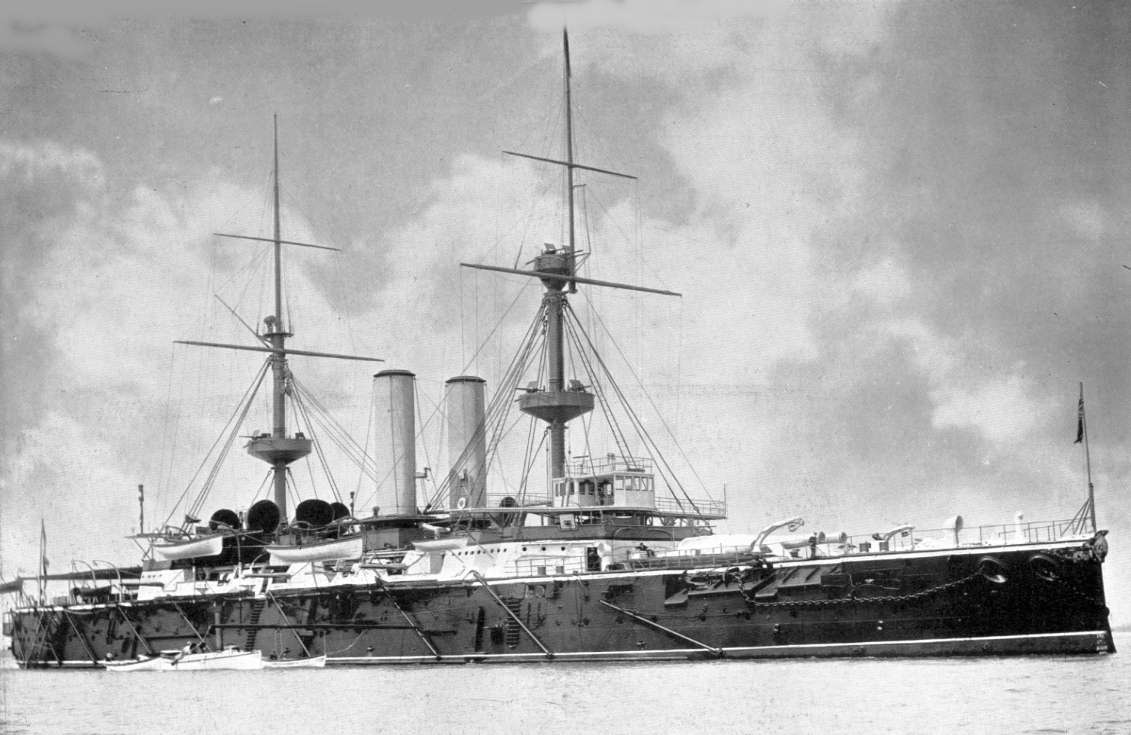|
Naval Defence Act (other)
Naval Defence Act may refer to: * Colonial Naval Defence Act 1865 * Australasian Naval Defence Act, 1887, establishing the Australian Squadron * Naval Defence Act 1889, an act of Parliament in the U.K. * Naval Defence Act 1910, an amendment to the Australian Defence Act 1903 * Naval Defence Act 1913, establishing the Royal New Zealand Navy The Royal New Zealand Navy (RNZN; mi, Te Taua Moana o Aotearoa, , Sea Warriors of New Zealand) is the maritime arm of the New Zealand Defence Force. The fleet currently consists of nine ships. The Navy had its origins in the Naval Defence Act ... See also * NDA (other) {{disambiguation ... [...More Info...] [...Related Items...] OR: [Wikipedia] [Google] [Baidu] |
Colonial Naval Defence Act 1865
The Colonial Naval Defence Act 1865 (28 and 29 Vict., c. 14.) was an Act of the Parliament of the United Kingdom. Background During the Invasion of the Waikato (July 1863 – April 1864) period of the New Zealand Wars the Imperial British forces realised they needed access to colonial ships to fight Māori. The Colonial government acquired vessels which were staffed by Royal Navy officers but owned by the colonial government. The vessels were under local and not Admiralty control. An armed ship, HMVS ''Victoria'', owned by the Colony of Victoria transported troops to New Zealand for the campaign and took part in bombardments of Māori. The British government was concerned about its colonies developing their own navies, not under the control of the Royal Navy's Admiralty. This led to the British parliament passing the Colonial Naval Defence Act 1865, which allowed the colonial governments to own ships, including for military purposes, but they would have to be under the Royal N ... [...More Info...] [...Related Items...] OR: [Wikipedia] [Google] [Baidu] |
Australasian Naval Defence Act
The Australian Squadron was the name given to the British naval force assigned to the Australia Station from 1859 to 1911.Dennis et al. 2008, p. 67. The Squadron was initially a small force of Royal Navy warships based in Sydney, and although intended to protect the colonies of Australia and New Zealand, the ships were primarily used for surveying and police work. The isolation of Australia from the rest of the British Empire meant the force was easily neglected, and by the 1870s, was perceived to be useless for its intended role. Following the passing of the ''Australasian Defence Act 1887'', an additional 'Auxiliary Squadron' was assigned to the Station by the British Admiralty with the responsibility for protecting trade in the region. During the early 1900s, the Australian and New Zealand governments agreed to help fund the Squadron, while the Admiralty committed itself to keeping the Squadron at a constant strength. As a British force, the Australia Squadron ceased on 4 October ... [...More Info...] [...Related Items...] OR: [Wikipedia] [Google] [Baidu] |
Naval Defence Act 1889
The Naval Defence Act 1889 was an Act of the Parliament of the United Kingdom. It received the Royal Assent on 31 May 1889 and formally adopted the "two-power standard" and increased the United Kingdom's naval strength. The standard called for the Royal Navy to maintain a number of battleships at least equal to the combined strength of the next two largest navies in the world, which then were France and Russia. An extra £20 million over the following four years were provided for ten new battleships, thirty-eight new cruisers, eighteen new torpedo boats and four new fast gunboats. The two-power standard was maintained until disarmament began during the inter-war period. Background It was passed under the government of Lord Salisbury and facilitated spending £21,500,000 over five years toward fleet expansion. Initially, Parliament opposed the increase in naval expenditures for several reasons. Expert naval opinions presented to Parliament in December 1888 and February 1889 ren ... [...More Info...] [...Related Items...] OR: [Wikipedia] [Google] [Baidu] |
Defence Act 1903
The ''Defence Act 1903'' (Cth) is an Act of the Parliament of the Commonwealth of Australia, that acquired royal assent on 22 October 1903. It was created to allow for the naval and military defence of Australia. The Act was amended and expanded over time to legislate for and repeal conscription, to incorporate the Naval Defence Act 1910 and the Air Force Act 1923, and today governs how the Australian Defence Force operates. Background On 1 January 1901, the federation of the Australian Colonies to form the Commonwealth of Australia was proclaimed, with the newly in force Constitution of Australia requiring that the colonial military forces be combined under the Commonwealth. Act Original The Act, as originally made, consisted of 11 parts, 124 sections, and 3 schedules. Current As of 2021, the Act is divided into 24 parts, 359 sections, and 1 schedule. Administration Part II and Part III's Division 1 covers the administrative aspects of the defence force. The rest ... [...More Info...] [...Related Items...] OR: [Wikipedia] [Google] [Baidu] |
Naval Defence Act 1913
A navy, naval force, or maritime force is the branch of a nation's armed forces principally designated for naval warfare, naval and amphibious warfare; namely, lake-borne, riverine, littoral zone, littoral, or ocean-borne combat operations and related functions. It includes anything conducted by surface Naval ship, ships, amphibious warfare, amphibious ships, submarines, and seaborne naval aviation, aviation, as well as ancillary support, communications, training, and other fields. The strategic offensive role of a navy is Power projection, projection of force into areas beyond a country's shores (for example, to protect Sea lane, sea-lanes, deter or confront piracy, ferry troops, or attack other navies, ports, or shore installations). The strategic defensive purpose of a navy is to frustrate seaborne projection-of-force by enemies. The strategic task of the navy also may incorporate nuclear deterrence by use of submarine-launched ballistic missiles. Naval operations can be broa ... [...More Info...] [...Related Items...] OR: [Wikipedia] [Google] [Baidu] |

